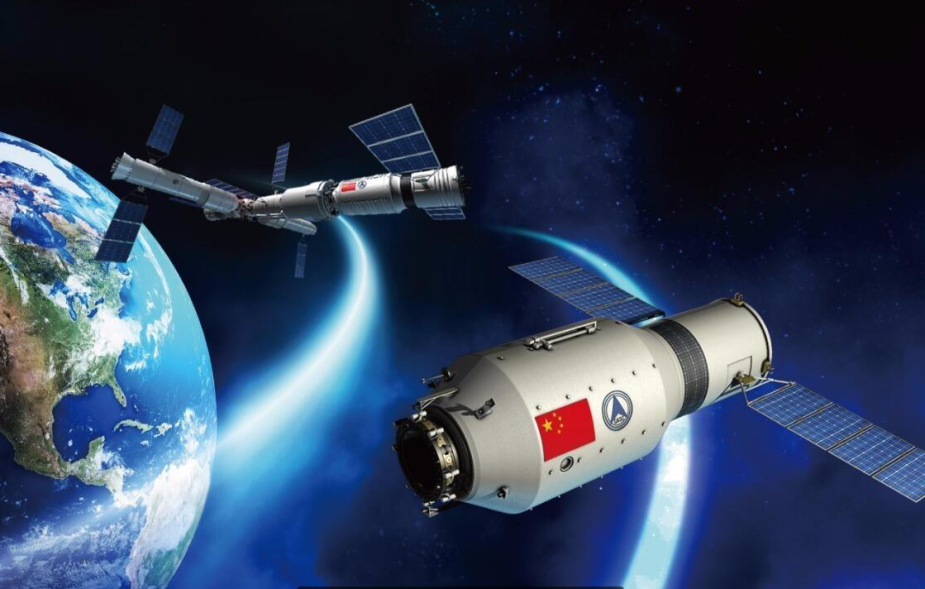On October 19, 2016, Shenzhou-11 manned spacecraft successfully docked at Tiangong-2, which is the first real space laboratory of China.
Technology and Engineering Center for Space Utilization, CAS, as the headquarters of the space utilization system in China Manned Space Program (CMSP), has been leading the scientific and utilization mission of Tiangong-2. More than 10 scientific and utilization experiments are conducted onboard Tiangong-2, including the world’s first Space Cold Atomic Clock, Gamma-ray Burst Polarimetry in cooperation with the European Space Agency, Multi-angle Polarization and Wide Band Spectral Imaging, Concomitant Satellite, and Higher Plant Flowering and Seed-setting in space, etc.
This utilization missions of Tiangong-2 cover fields of space life science, microgravity fluid physics, material science, fundamental physics, space environmental monitoring, space astronomy, earth observation, and technology demonstration of space utilization, etc.
Main research projects of Tiangong-2 represent the science frontiers and the cutting-edge technological progress in the world.

Related Articles:
Chinese Scientists Decode Technology on Tiangong-2
China's "Little Bee" Breaks Ground in Space
Can We Grow Potatoes on Mars?

